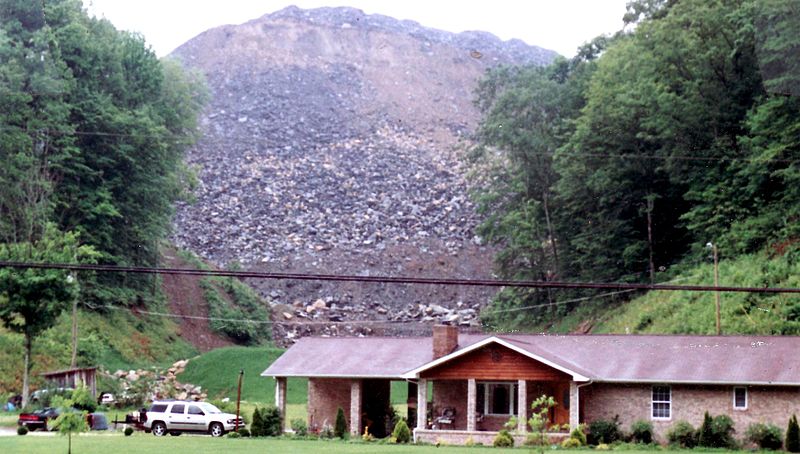| << Chapter < Page | Chapter >> Page > |
Mountain Top Mining (MTM), while less hazardous to workers, has particularly detrimental effects on land resources. MTM is a surface mining practice involving the removal of mountaintops to expose coal seams, and disposing of the associated mining waste in adjacent valleys – "valley fills." The process of MTM is described in more detail by the U.S. Environmental Protection Agency (U.S. EPA).

The following are some examples of the impact of MTM:
A study by Epstein, et al. (2011) assigned a monetary value (full cost accounting) for the life cycle of coal in the United States, accounting for many environmental and health impacts of coal. The authors found the cost to be about $0.178/kWh of electricity generated from coal ($345.4 billion in 2008), doubling or tripling the price of coal-generated electricity. This study accounted for all of the impacts discussed above and more.
Thirty seven percent of the world’s energy consumption and 43 percent of the United States energy consumption comes from oil. As discussed above, most of the oil production is in the Gulf region. Scientists and policy-makers often discuss the question of when the world will reach peak oil production, and there are a lot of variables in that equation, but it is generally thought that peak oil will be reached by the middle of the 21 st Century. Currently world reserves are 1.3 trillion barrels, or 45 years left at current level of production, but we may reduce production as supplies run low.
Oil is usually found one to two miles (1.6 – 3.2 km) below the surface. Oil refineries separate the mix of crude oil into the different types for gas, diesel fuel, tar, and asphalt. To find and extract oil workers must drill deep below ocean floor. As the United States tries to extract more oil from its own resources, we are drilling even deeper into the earth and increasing the environmental risks.
The largest United States oil spill to date began in April 2010 when an explosion occurred on Deepwater Horizon Oil Rig killing 11 employees and spilling nearly 200 million gallons of oil before the resulting leak could be stopped. Wildlife, ecosystems, and people’s livelihood were adversely affected. A lot of money and huge amounts of energy and waste were expended on immediate clean-up efforts. The long-term impacts are still not known. The National Commission on the Deepwater Horizon Oil Spill and Offshore Drilling was set up to study what went wrong. This video summarizes their findings.

Notification Switch
Would you like to follow the 'Sustainability: a comprehensive foundation' conversation and receive update notifications?